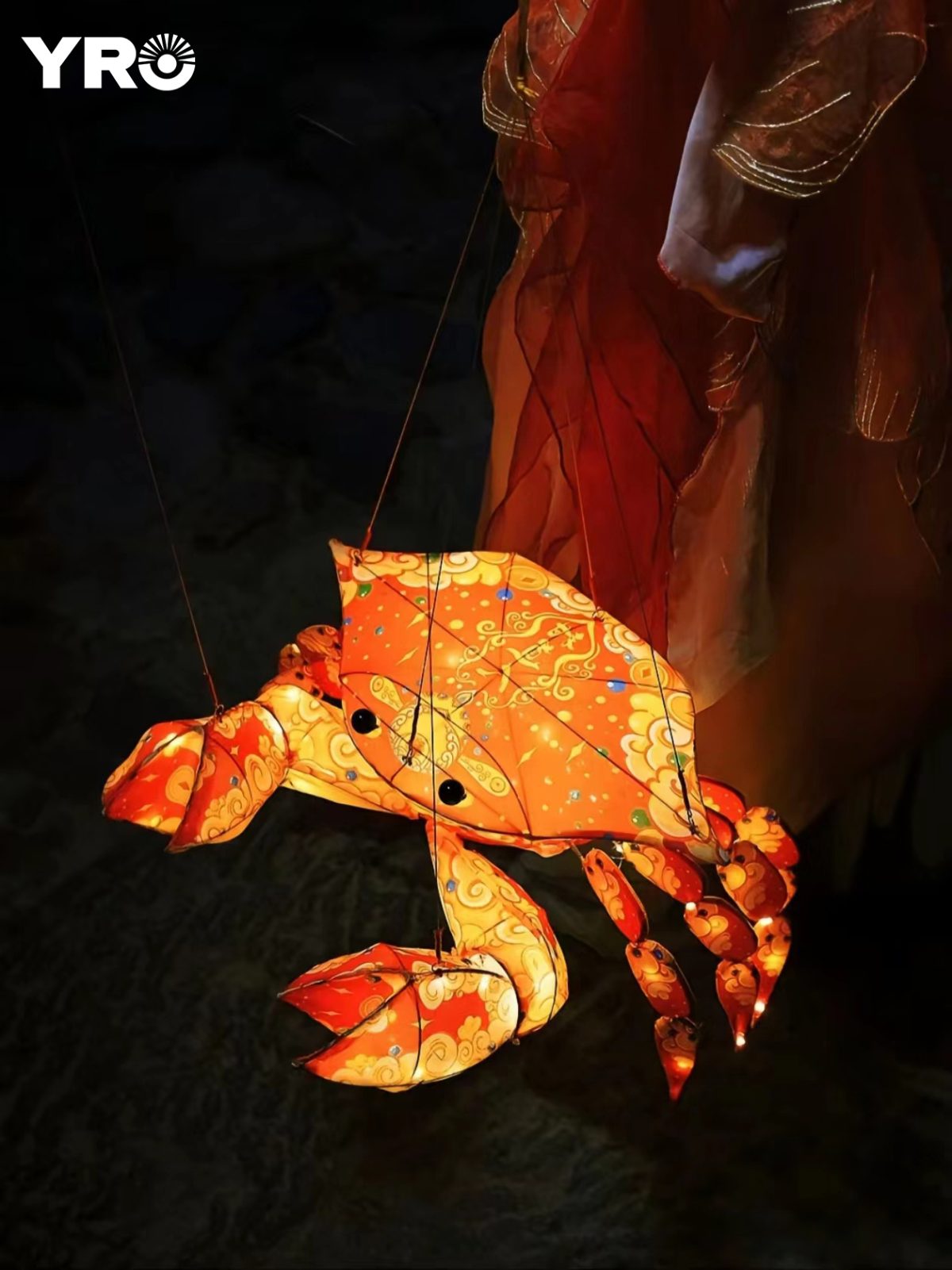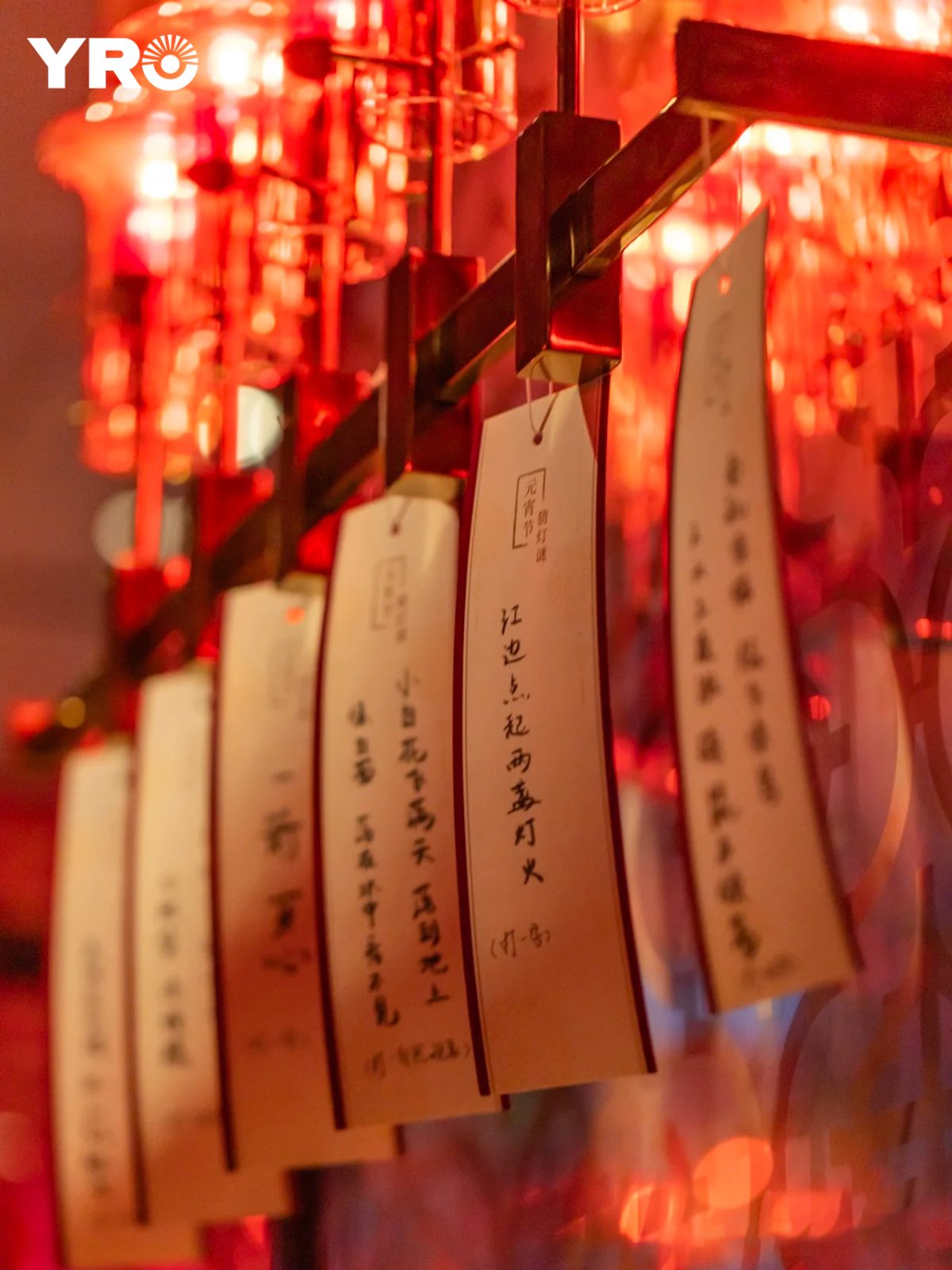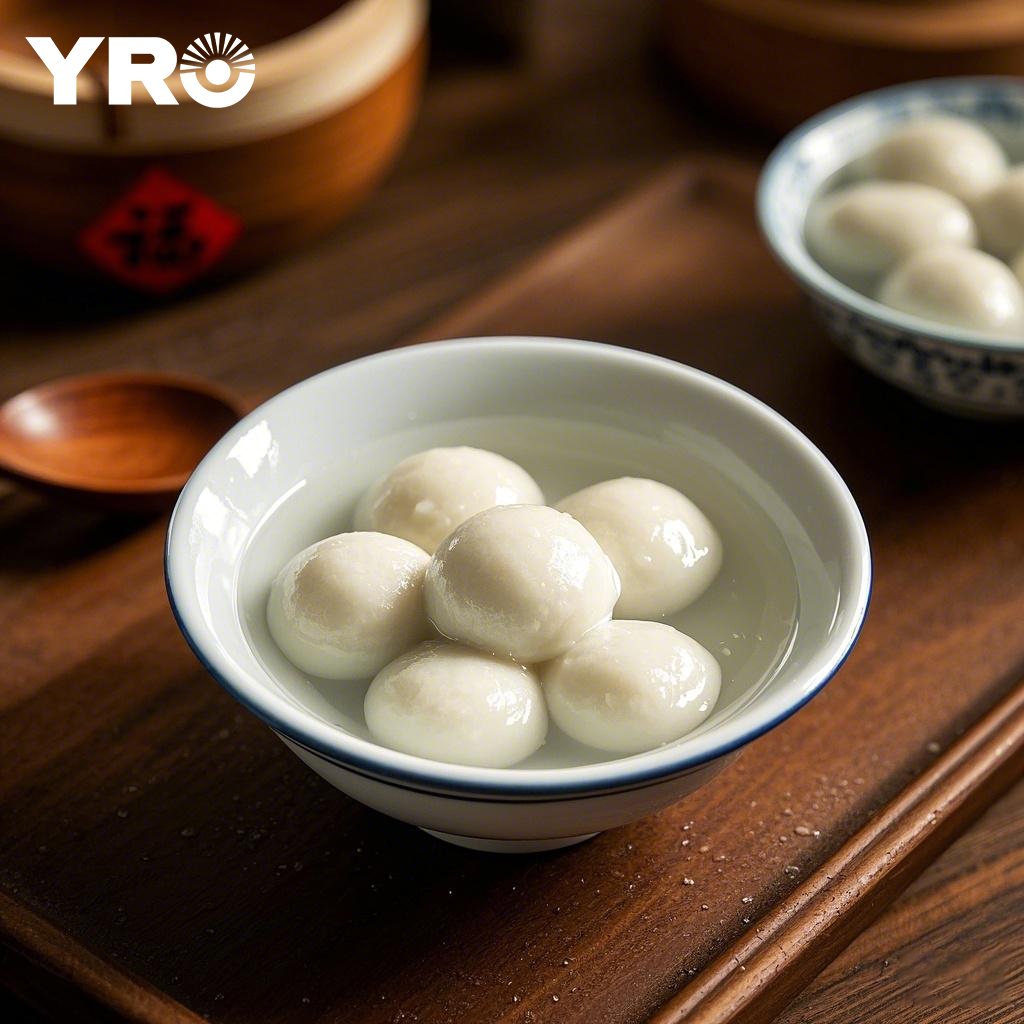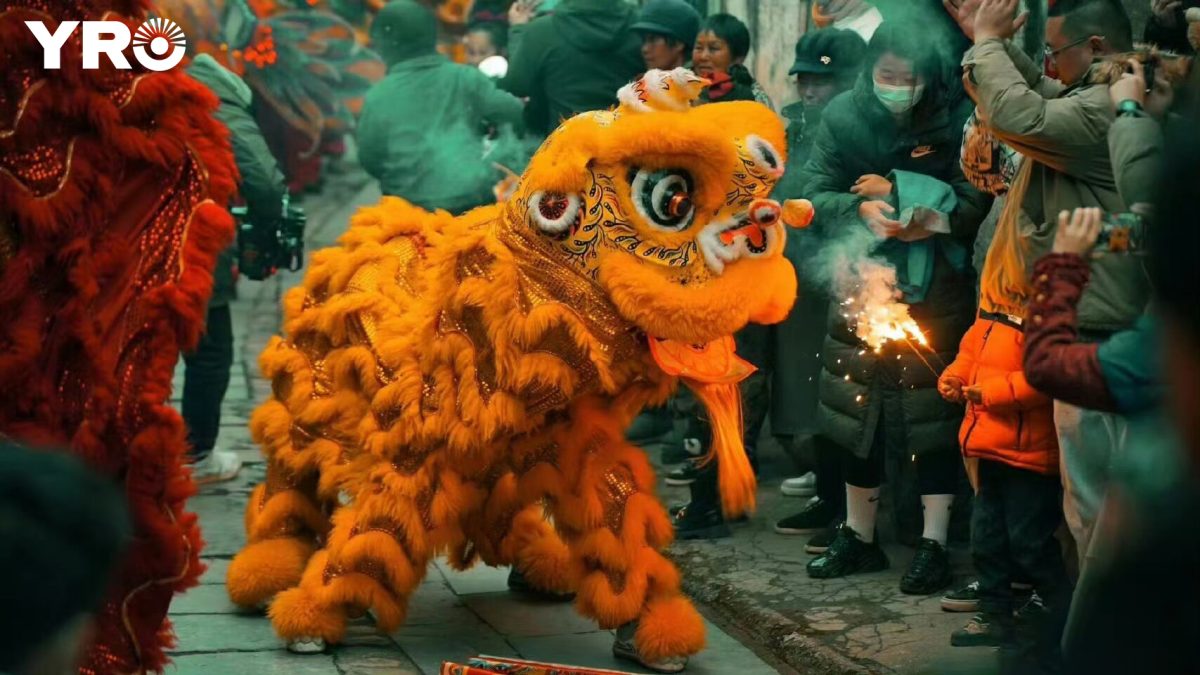The Lantern Festival is the last day of the Chinese Lunar New Year and also the first full moon night of the year. In ancient times, the night was called “xiao”, so people named the fifteenth day of the first lunar month the Lantern Festival.
When it comes to the Lantern Festival, lanterns are an indispensable and important element. As night falls and the lights begin to shine, squares and parks are decorated with various kinds of lanterns. These lanterns are not just decorations; they are also carriers of traditional culture. In terms of craftsmanship, they embody the wisdom and hard work of countless artisans. Artisans carefully select materials for making lanterns and skillfully use various techniques such as paper cutting, painting, and carving to vividly present auspicious patterns and story scenes on the lanterns. Some lanterns are exquisitely designed and elegant, modeled after ancient palace architecture with carved beams, painted rafters, upturned eaves, and flying corners, as if leading people back to that prosperous ancient era. Others are full of the flavor of life, showing the diligence and wisdom of ordinary people, such as the vivid images of busy farmers and playing children. Under the illumination of the lights, these lanterns emit a warm and soft glow, symbolizing hope and blessings, allowing people to feel the unique charm of traditional culture while appreciating them.

Guessing lantern riddles is also an important activity during the Lantern Festival. In front of the lantern riddles, people gather together, some lost in thought and others engaged in lively discussions, creating a very active atmosphere. Lantern riddles, as a precious treasure of traditional Chinese culture, contain rich knowledge and the sparks of wisdom. From astronomy and geography to historical anecdotes, from cultural customs to daily trivial matters, lantern riddles cover all aspects. By guessing lantern riddles, people can not only exercise their thinking abilities but also unconsciously appreciate the profoundness of traditional Chinese culture.

Eating tangyuan (glutinous rice balls) is the most representative traditional food experience of the Lantern Festival. Tangyuan, with its round shape, symbolizes reunion and happiness. On the Lantern Festival, families gather around and share the steaming tangyuan. In addition to traditional flavors, many innovative tangyuan fillings have been introduced, such as matcha red bean paste and strawberry paste, meeting the taste preferences of different people. Young people taste the novel tangyuan while sharing their food experiences on social media, spreading the flavor of tangyuan even further.
 In addition to lanterns, lantern riddles, and tangyuan, there are many other traditional customs associated with the Lantern Festival. For example, dragon and lion dances, as an ancient traditional performance, always attract people’s attention and become the most eye catching presence during the festival. The dragon dancers are agile, making the huge dragon soar and dance in the air with the rhythm of the drums and music, showing a magnificent momentum. The lion dancers are lively and imitate various postures of lions. These performances are not only entertainment activities but also embody people’s reverence for nature and pursuit of auspiciousness, conveying a positive and upward spiritual force.
In addition to lanterns, lantern riddles, and tangyuan, there are many other traditional customs associated with the Lantern Festival. For example, dragon and lion dances, as an ancient traditional performance, always attract people’s attention and become the most eye catching presence during the festival. The dragon dancers are agile, making the huge dragon soar and dance in the air with the rhythm of the drums and music, showing a magnificent momentum. The lion dancers are lively and imitate various postures of lions. These performances are not only entertainment activities but also embody people’s reverence for nature and pursuit of auspiciousness, conveying a positive and upward spiritual force.
 The Lantern Festival in 2025 still adheres to its ancient and profound cultural roots amidst the hustle and bustle of modern society. With its rich traditional customs and profound cultural connotations, it allows people to stop and feel the charm of traditional culture and enjoy the time of reunion and joy in this fast paced era. It is a precious treasure of traditional Chinese culture and a symbol of our national spirit, shining brightly in the long river of time.
The Lantern Festival in 2025 still adheres to its ancient and profound cultural roots amidst the hustle and bustle of modern society. With its rich traditional customs and profound cultural connotations, it allows people to stop and feel the charm of traditional culture and enjoy the time of reunion and joy in this fast paced era. It is a precious treasure of traditional Chinese culture and a symbol of our national spirit, shining brightly in the long river of time.
Finally, let’s have a lantern riddle: It has a head but no neck, eyes but no eyebrows, wings but no feathers, and feet but no legs. Can you guess what it is?
